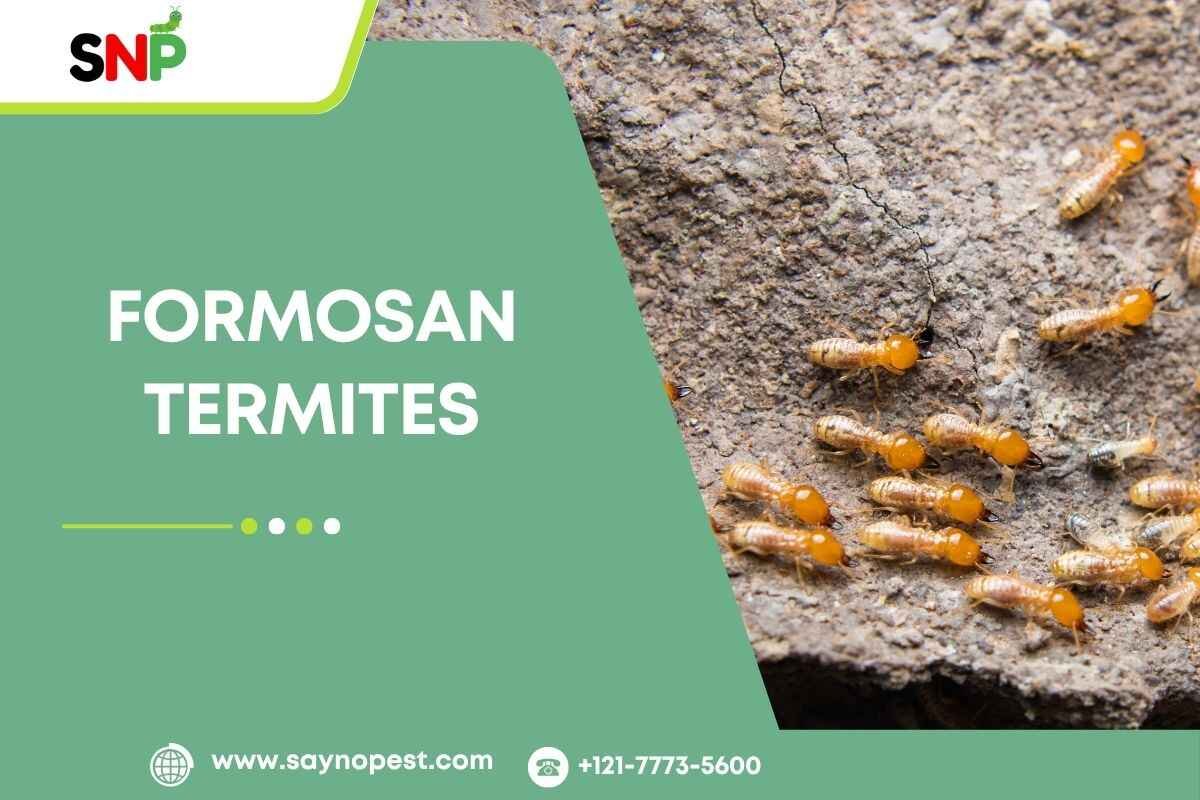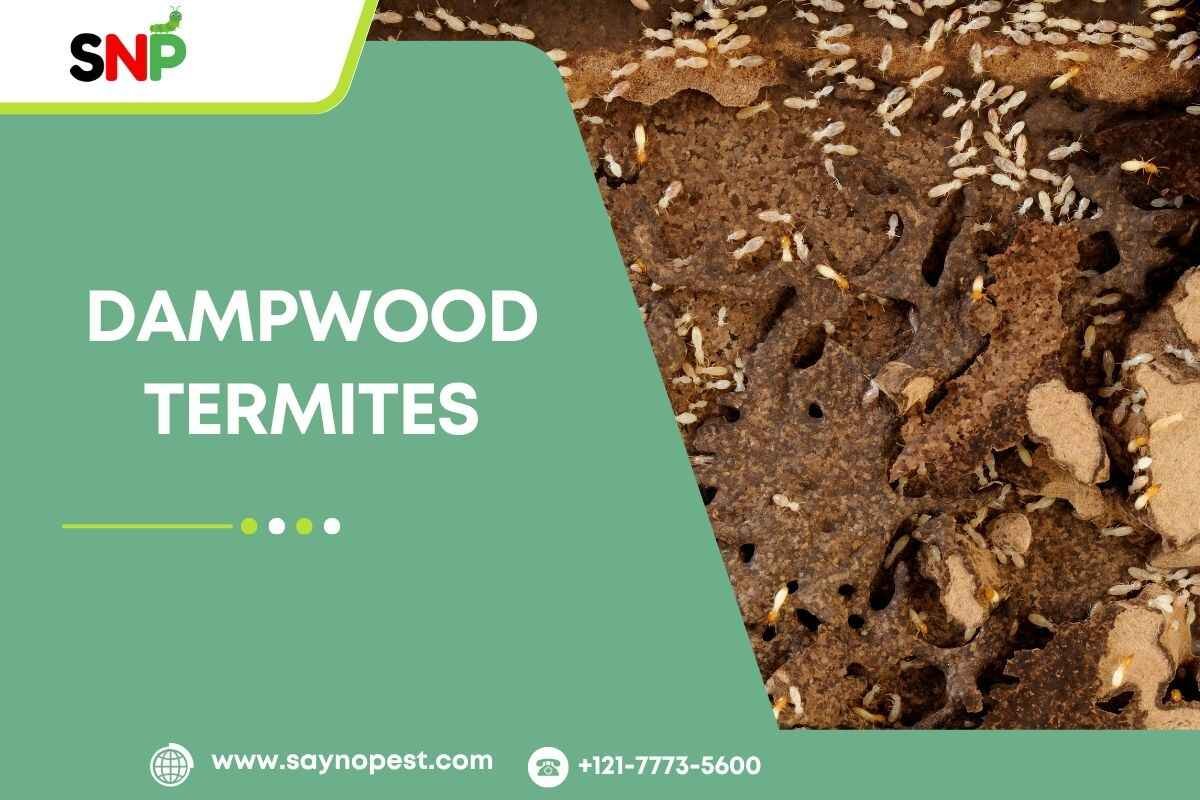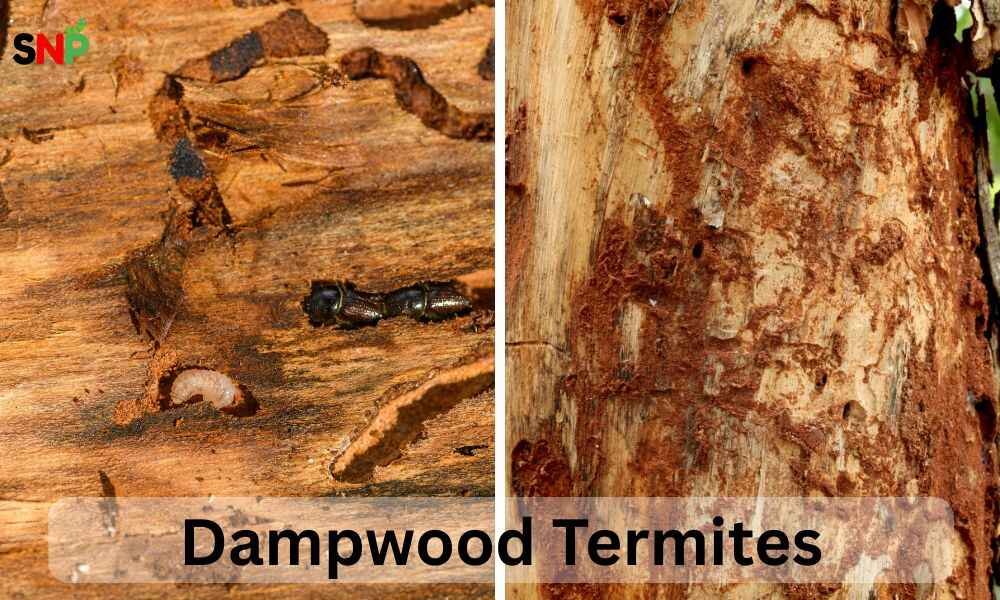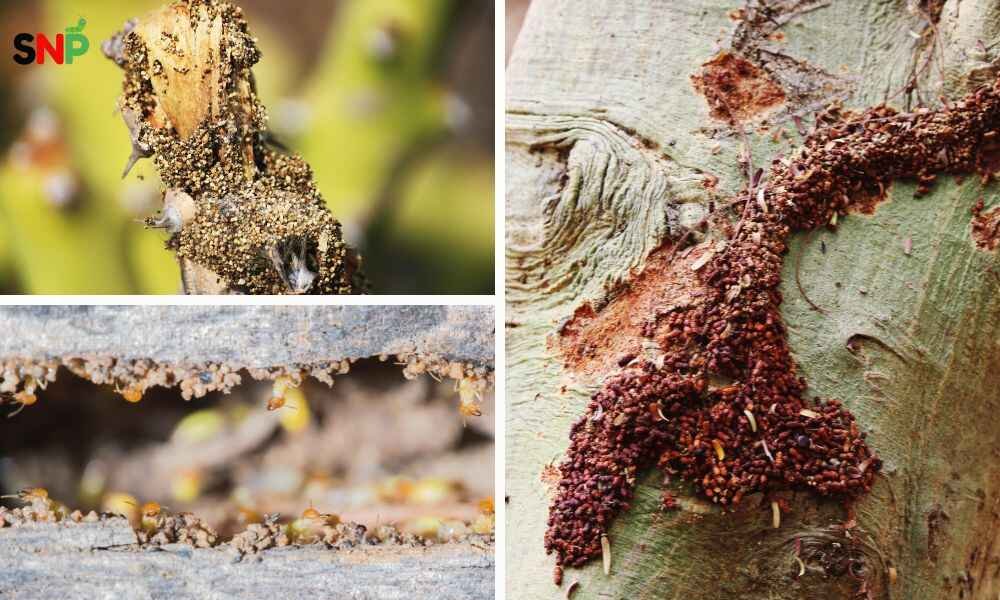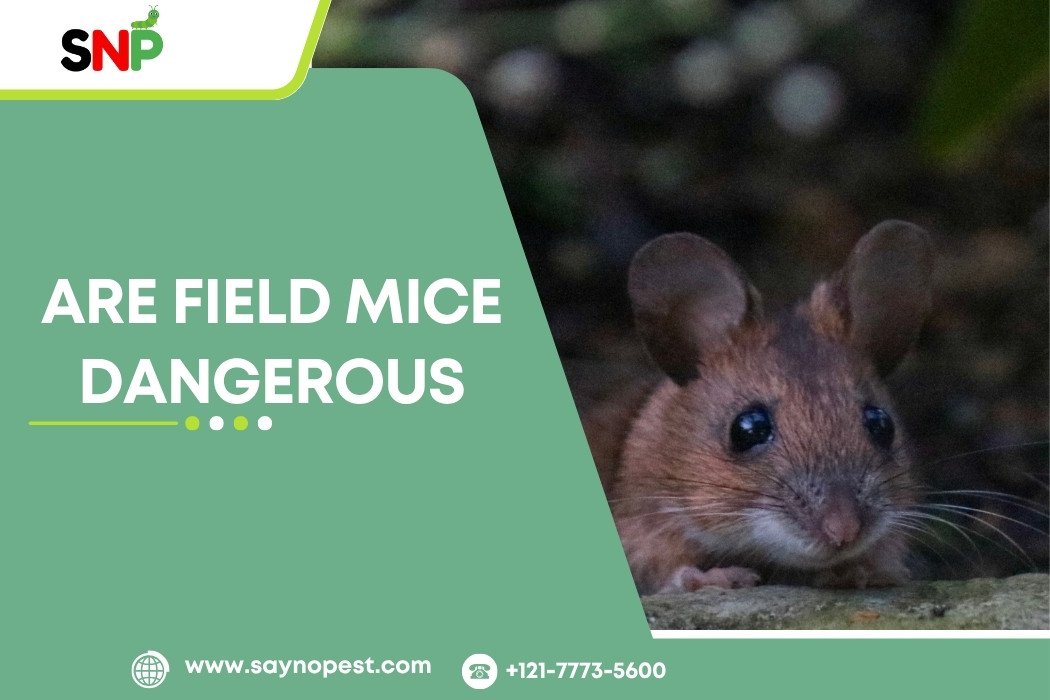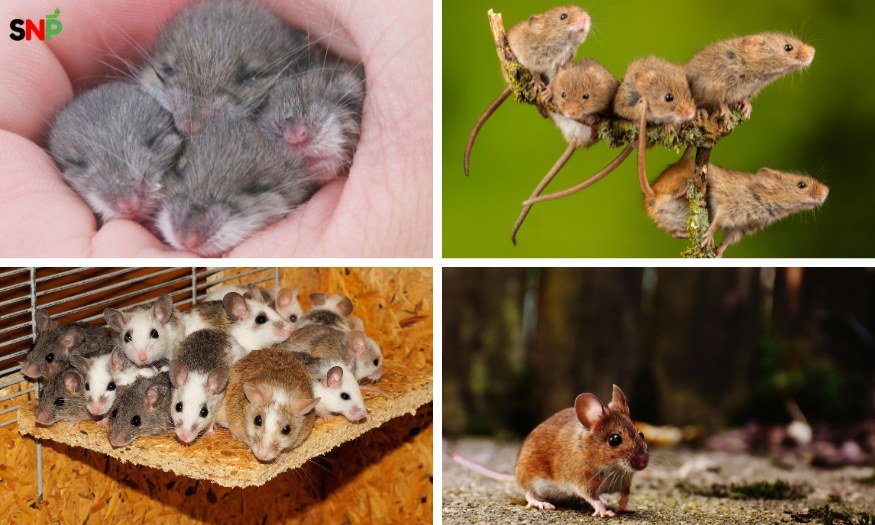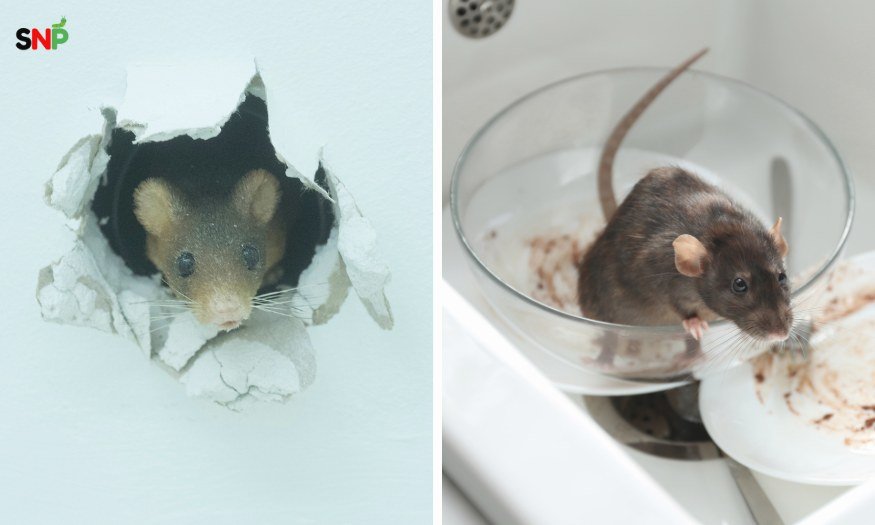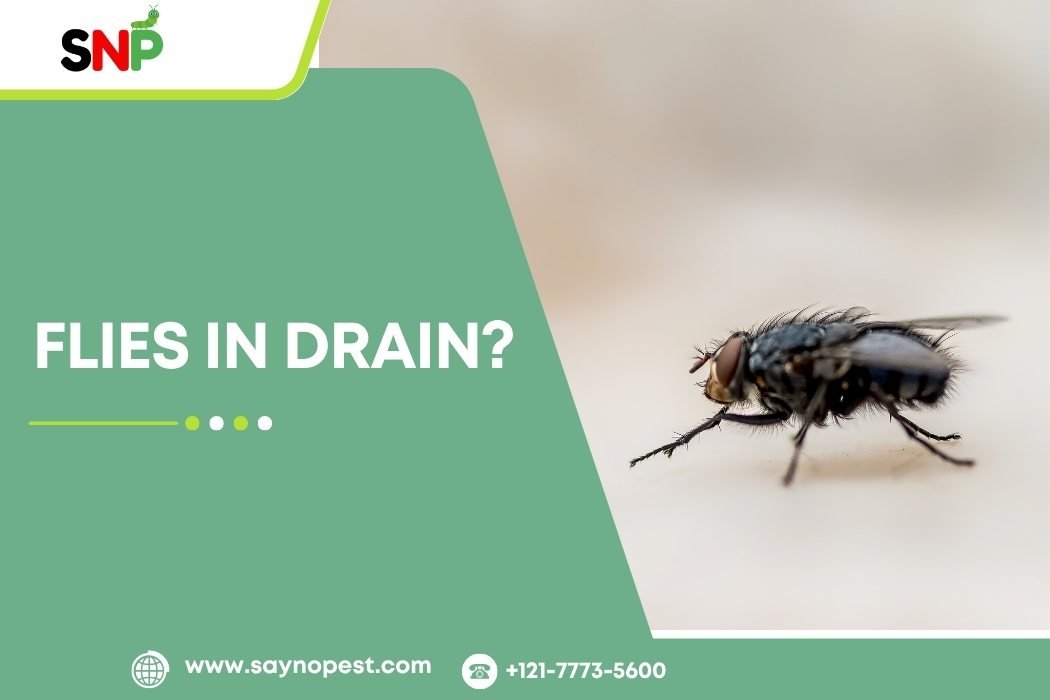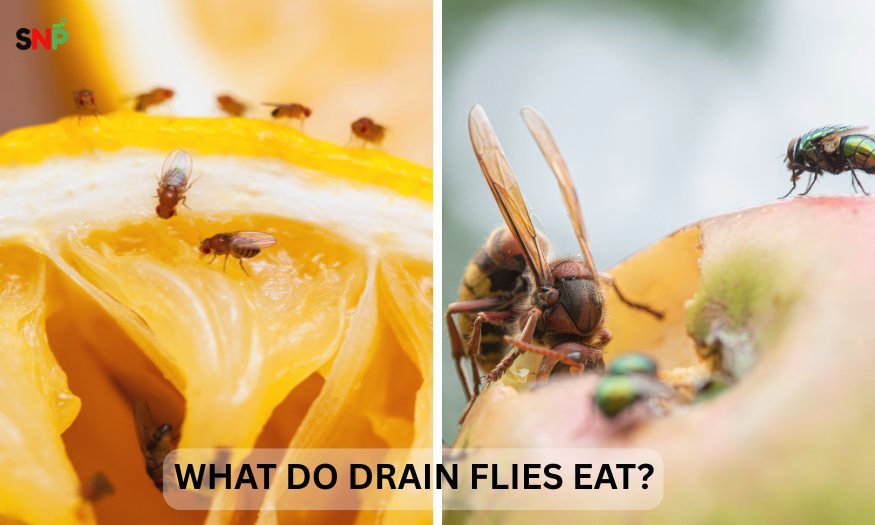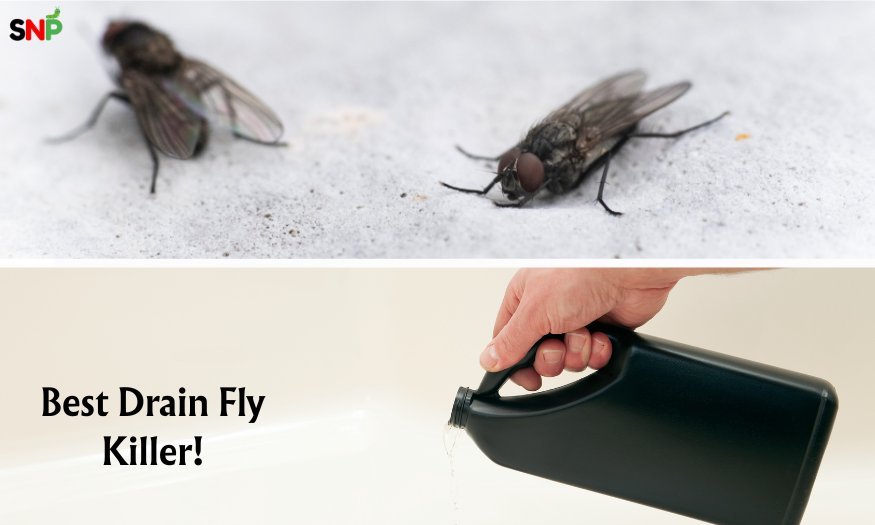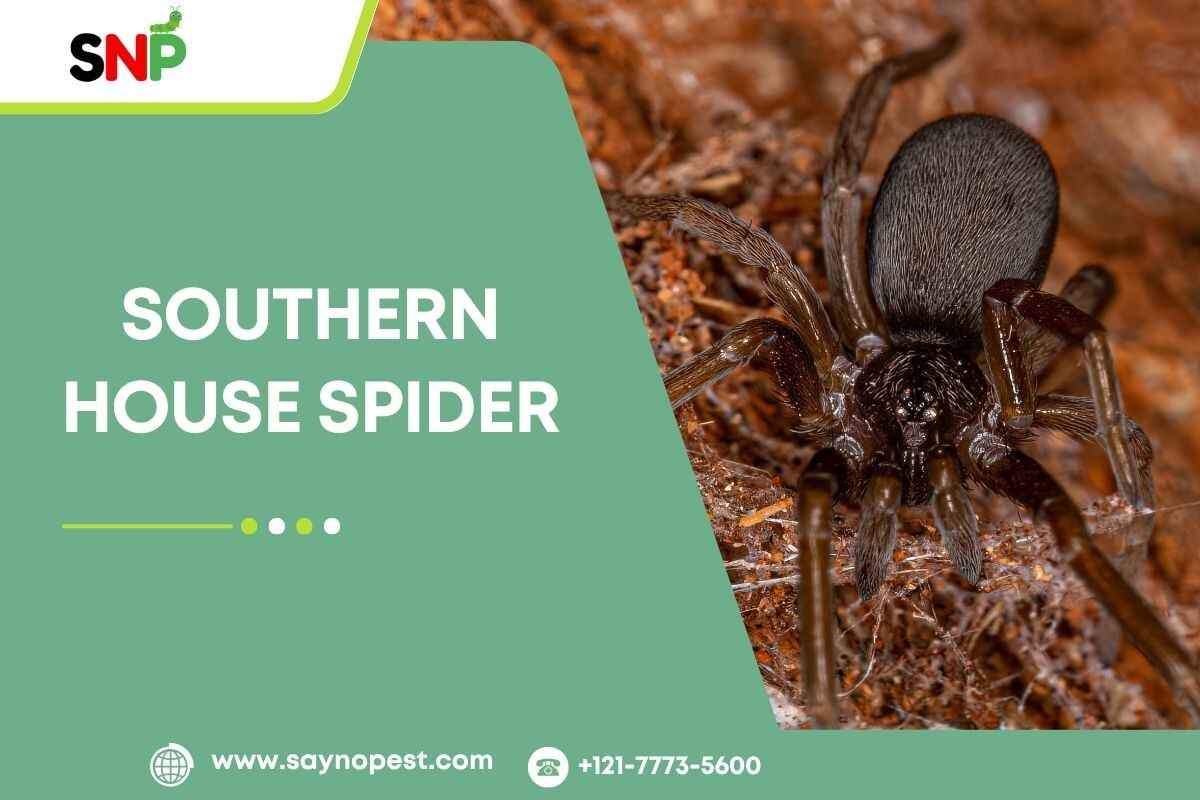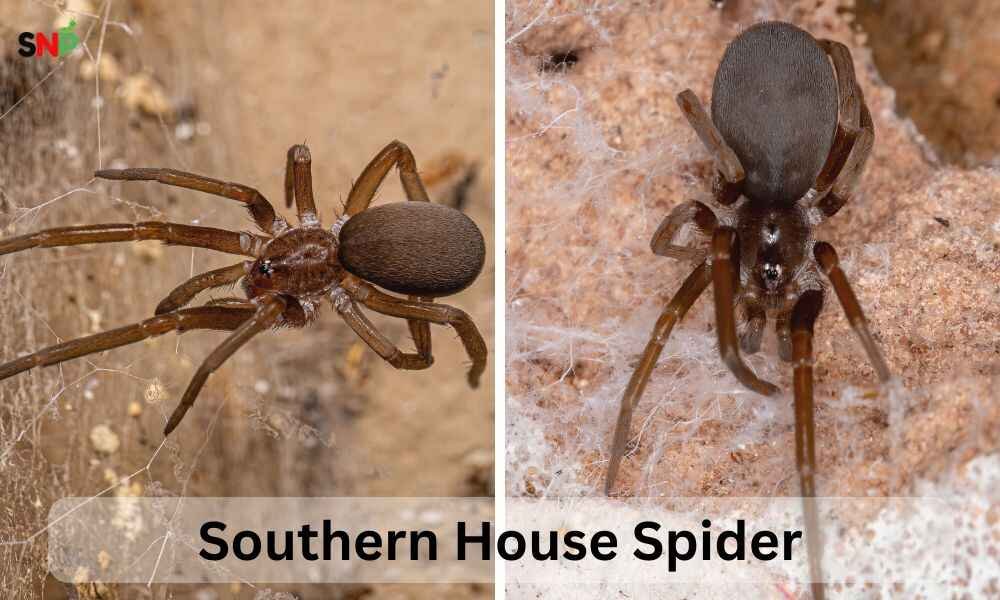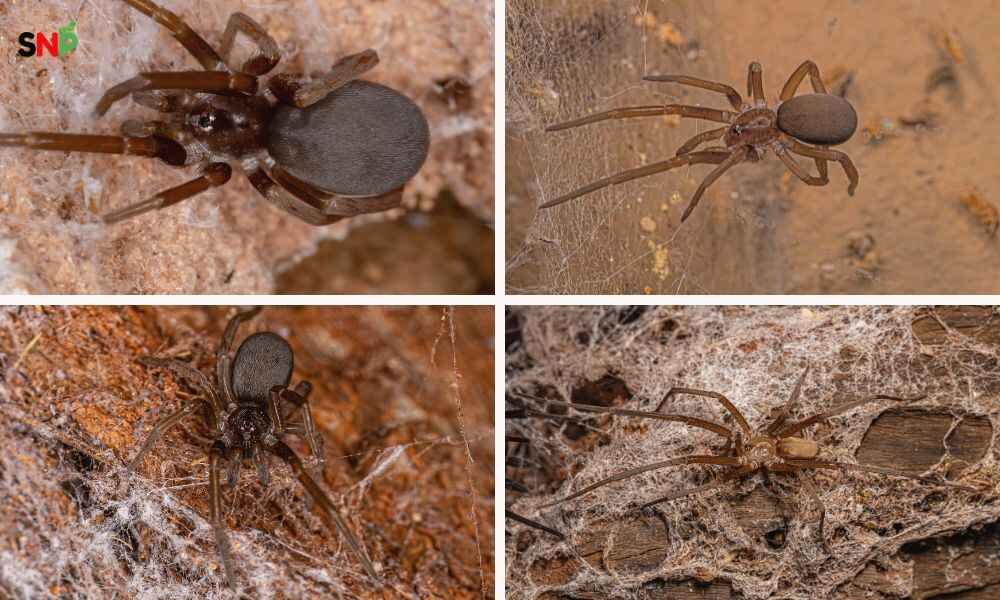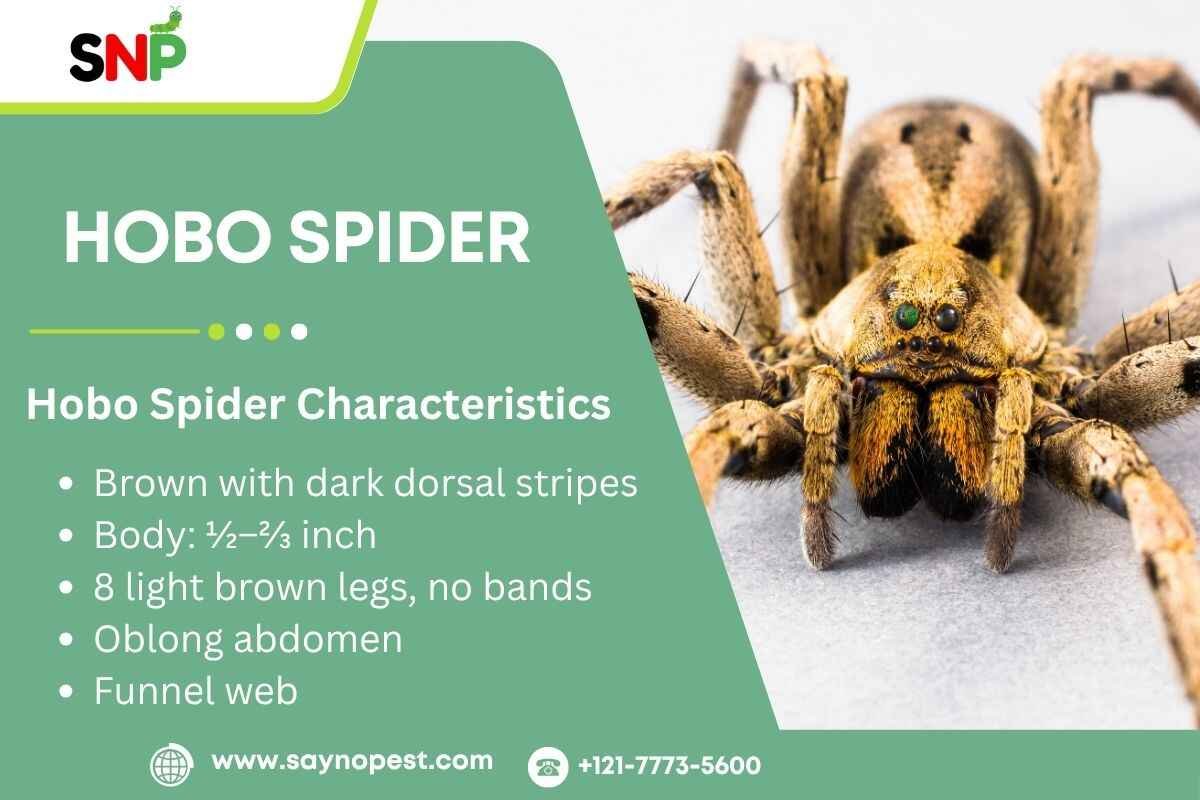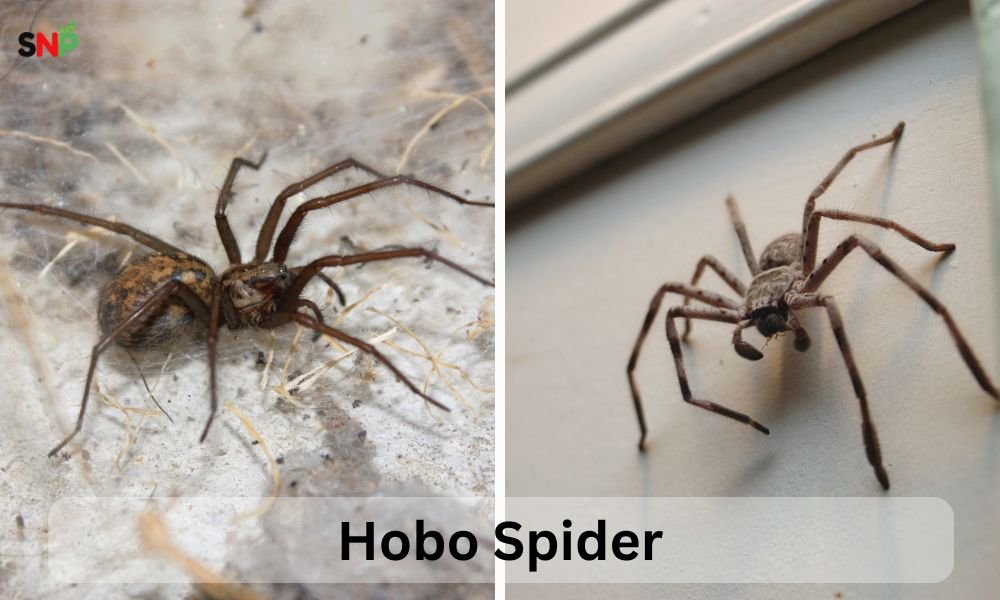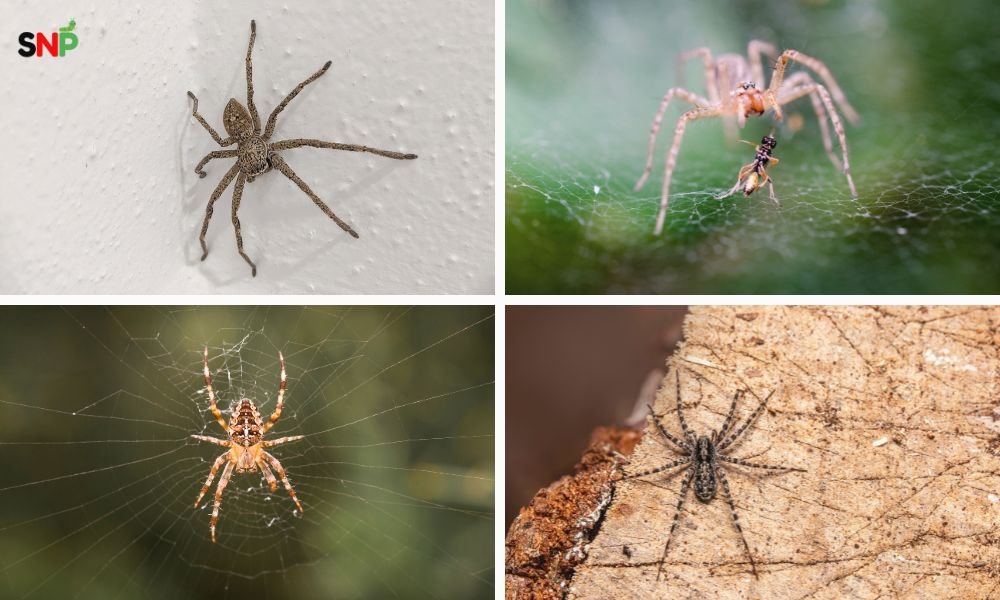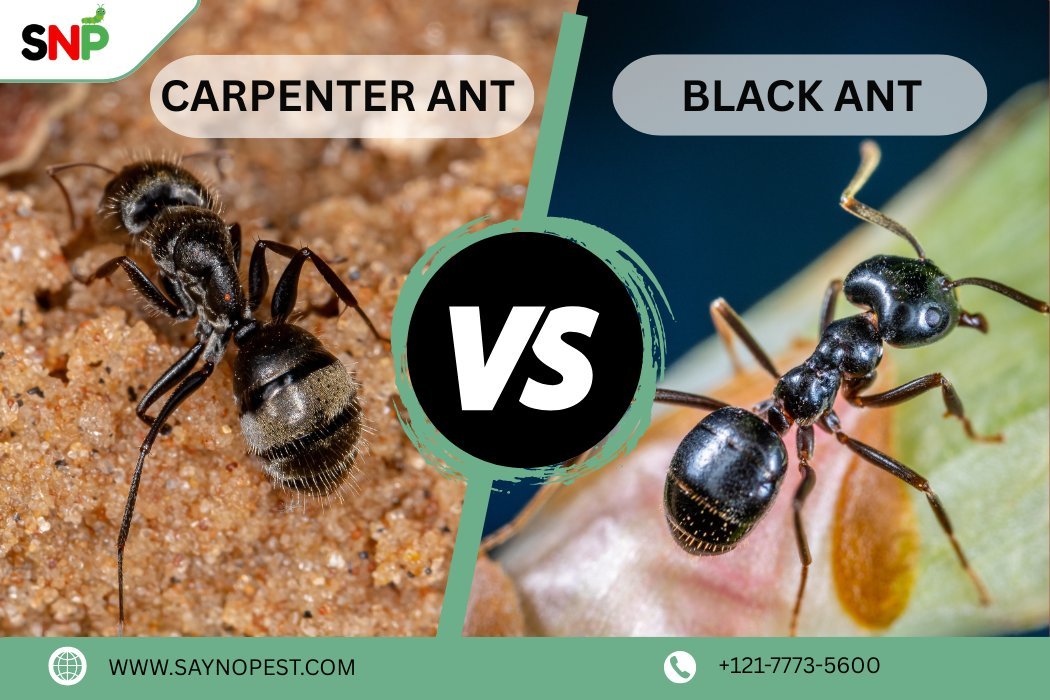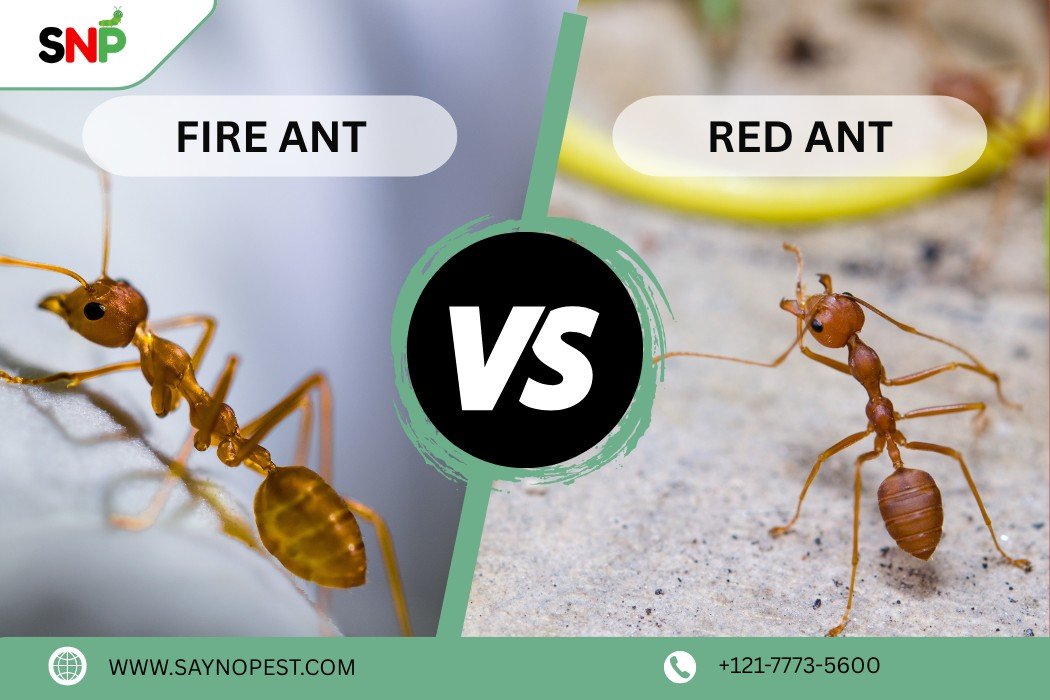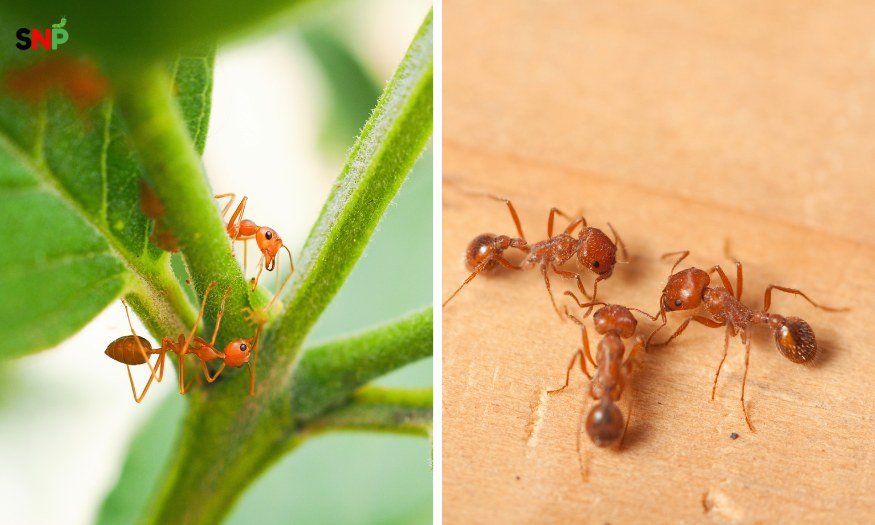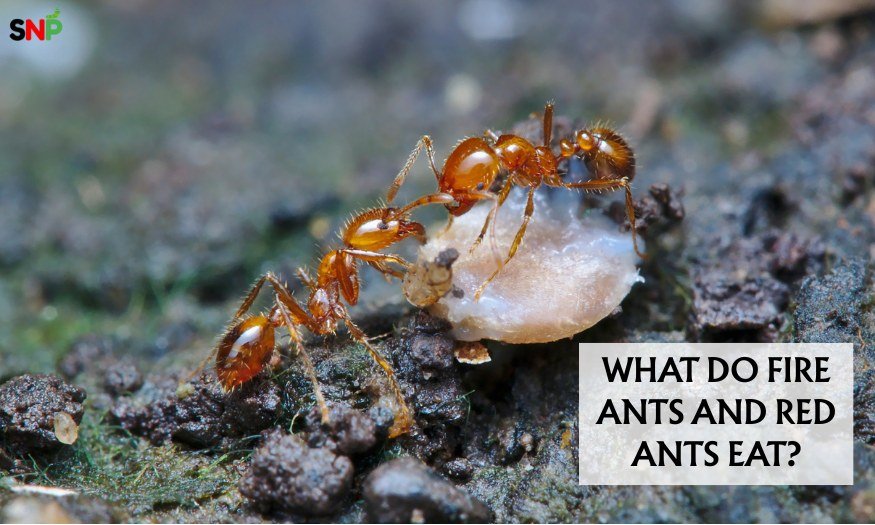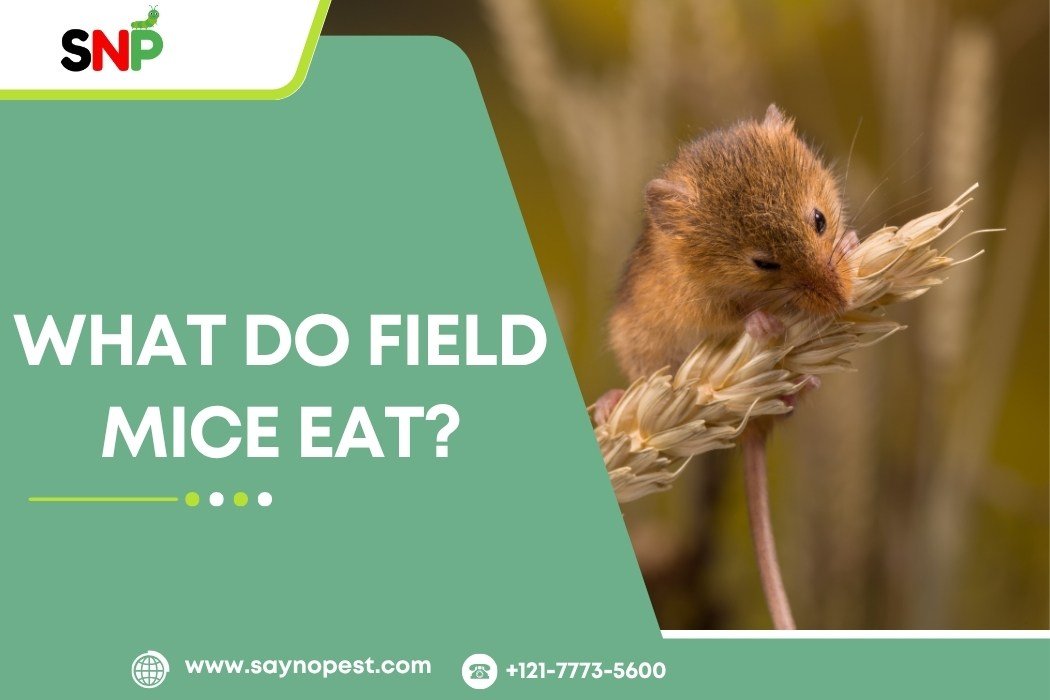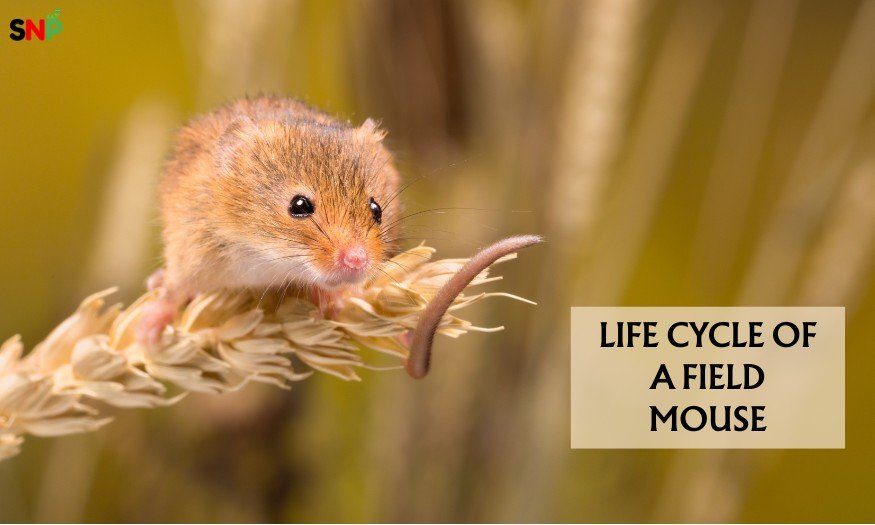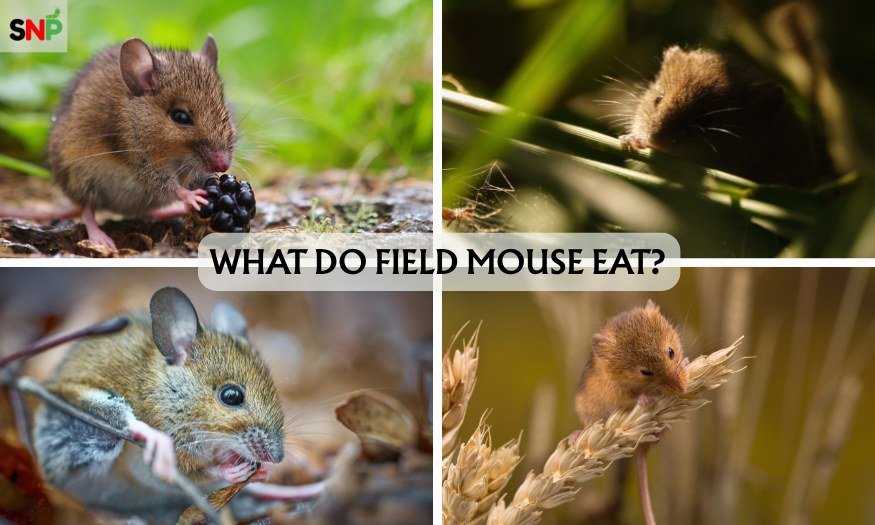Formosan termites are the most aggressive and destructive pests. They are the carriers of the most destruction in the United States. They have been reported to be public health pests in the United States because of their voracious appetite and rapid consumption of wood. According to the reports, the “super termites” are known for their massive colonies and rapid consumption of wood. However, they can only cause a lot of structural damage if they remain unnoticed for a short time. They have already become a top concern for homeowners as well as property managers. Getting to know the behavior, signs of identification, and treatment options of Formosan termites will help you to protect your investment and sleep well at night.
What Are Formosan Termites?
Formosan termites (Coptotermes formosanus) are a species of the Neotropical isoptera native primarily to East Asia but now widely spread in the southern United States. These are not the native subterranean termites, and instead, Formosan subterranean termite form colonies that are much bigger, often going up to a million members, and they are much faster in eating wood. Also, their capacity to construct complex mud tubes and aerial nests gives them the opportunity not only to attack and invade ground-level buildings but also high-rise structures, and even take over ships.
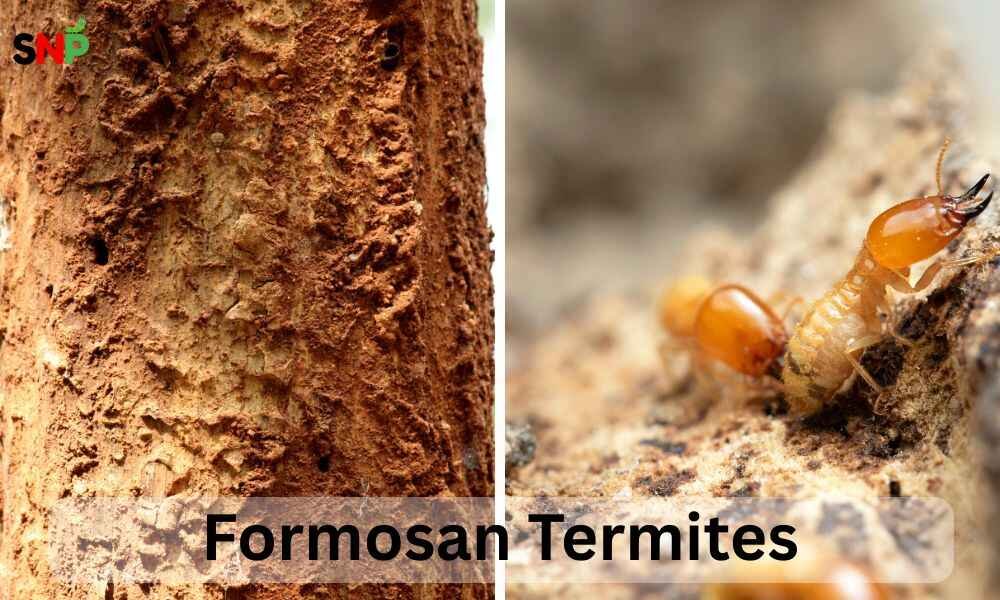
Formosan Termite Swarmer: The Reproductive Threat
A clear indication of a Formosan termite might be the presence of the Formosan termite swarmer. Formosan termite alates are wing reproductive individuals that leave the colony in huge numbers, mostly on warm, humid nights at the end of spring/start of summer. One colony might send out tens of thousands of swarming Formosan termites to find new spots to create new colonies. Normally, the Formosan termite swarmer is no bigger than 0.6 inches, has a yellowish-brown color, and is cover in hairy, bright wings. If you notice the ants anywhere inside your building or their wings nearby your windows or lights, it means they are preparing an attack, as this is an entrance for termites.
Signs of Formosan Termites: What to Watch For
Early detection of Formosan termites is very important. First, see the most common signs below.
- Formosan subterranean termites make tubes of mud, which is very characteristic, for the walls, foundations, and places under the house where they travel between the underground nest and the food.
- Swarm Castles: These are the shapes of mud, which are strange and usually appear on the walls or ceilings in late spring. The swarming is the process where Formosan termites reproduce, and these “swarm castles” are the place from which the swarming process will start.
- Damaged Wood: The wood that is infest by the Formosan termites will probably be hollow when you tap it, or, if there is paint or wallpaper, you will see sunken lines.
- Termite’s bodies: If the bodies of the Formosan termite legion are set up in your house, this must be a sign that there’s a termite infestation in your house.
- Termite’s Nests: Unlike other types of termites, Formosan subsurface termites can go underground to make their nests, but they can also produce nests above ground, especially in wet places such as flat roofs or garrets
Formosan Termite Treatment Cost
Tackling Formosan termites can be quite expensive. Nevertheless, it is the only way to save your property. The service cost for Formosan termite removal can change since it is influence by the home’s size, the scale of the termite invasion, and the kind of treatment required.
Usually, homeowners in the US should plan to spend between $800 and $5,000 on Formosan termite treatment. In case of a bigger infestation or a larger property, the costs may even go over $5,000.
Here’s a quick rundown of the average costs for different treatment methods:
- Chemical Treatments $4 to $16 per square foot, which is $1,300 to $1,500 on average for a typical house.
- Bait Systems, Fumigation, and Heat Treatments. These options can easily take the Formosan termite treatment cost into $2,000–$5,000 or mor,e depending on the complexity and the extent of the problem.
Spending money on inspections and preventive treatments regularly can be like an insurance against future Formosan termite treatment cost, and at the same time, it can help you in the maintenance of your property’s value.
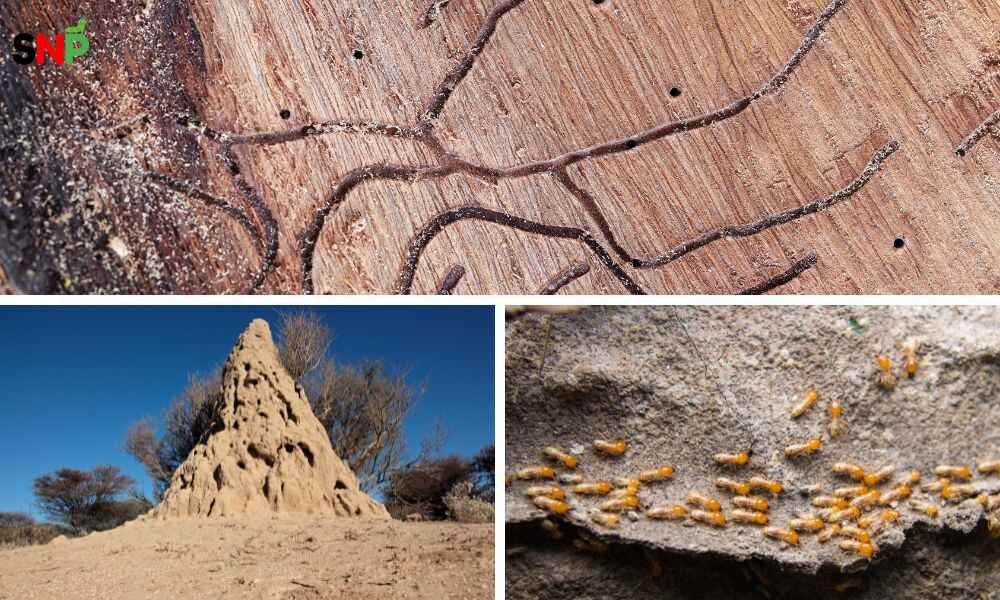
Formosan Subterranean Termite: Why They’re Different
Formosan subterranean termites are recognize for running a huge colony and having feeding habits that showed no concern for others. While native termites have few numbers at a time, Formosan subterranean termites develop large colonies of millions and consume a lot of wood daily. Their double mode of nest construction, underground and above ground, also gives them an extra edge over their human foes. The occurrence of Formosan termite swarmer and the continuous flow of mud are important signs of Formosan subterranean termite being very active in the area. Owing to their ability to adapt and multiply rapidly, a professional intervention is almost always necessary for effective management.
Conclusion
Formosan termites are the biggest menace that a home in the U.S. can face. This is due to the combination of such factors as their extremely aggressive behavior, the size of the colony, and the fact that they can remain out of sight for a long period of time until the destruction caused becomes evident. Identifying the indicators, like Formosan termite swarmer activity, the presence of mud tubes, hollow-sounding wood, etc., can help you get start. The cost of professional extermination of Formosan termites can take a chunk out of your budget, but it is the most efficient way of protecting what you have.
Along with regular pest inspections, controlling moisture and acting promptly in case of an emergency are some of the main approaches that will enable you to have a problem-free experience with the termite of Formosan subterranean variety. The time factor should not underestimated. Don’t allow the damage to reach a point where it is visible; take adequate protective measures against Formosan termites now and have peace of mind.
